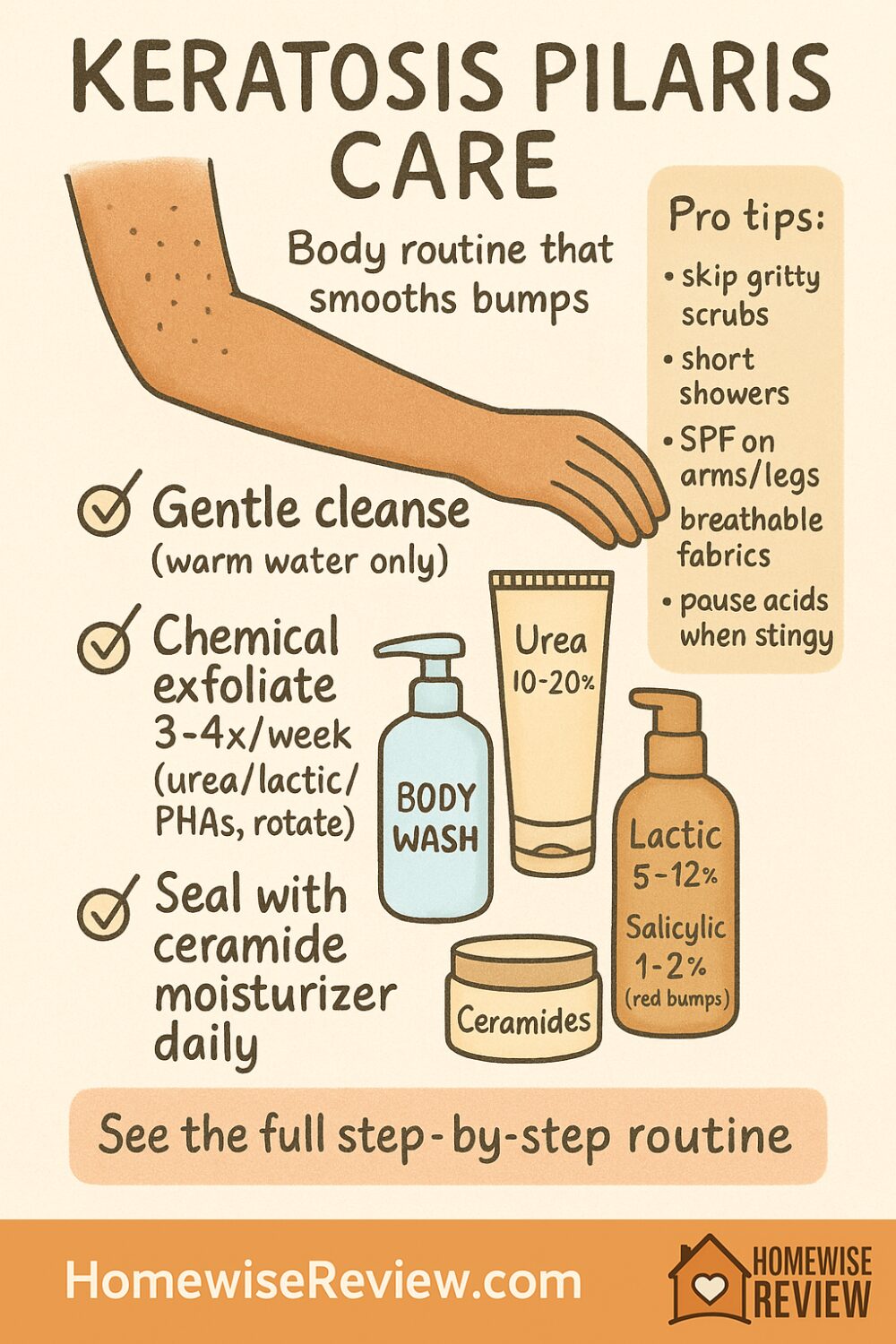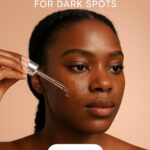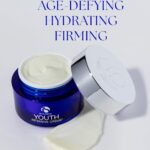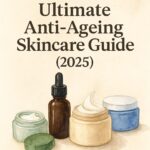
Who this is for: Anyone with tiny, rough bumps on the arms, thighs, or cheeks that feel like sandpaper and show more after a hot shower.
Bottom line: KP responds to gentle consistency. Cleanse soft, exfoliate with skin-friendly acids instead of gritty scrubs, then seal with rich moisture. Give it 4 to 6 weeks of steady habits and you will see a smoother feel and calmer look.
What KP is in plain English
Keratosis pilaris happens when keratin plugs settle in the hair follicle opening. It is harmless, but it can look bumpy and feel rough. Harsh scrubs usually make it redder. Gentle chemical exfoliation plus barrier repair wins most of the time.
The routine, simplified
In the shower
- Keep water warm, not hot.
- Use a gentle, low-foam body wash. Avoid heavy fragrance if you are sensitive.
- Skip loofahs and stiff brushes. A soft washcloth is plenty.
Right after
- While skin is still damp, apply a leave-on exfoliating lotion to KP zones. Look for one of these families:
- Urea 10 to 20 percent for smoothing and hydration
- Lactic acid 5 to 12 percent for softening and brightening
- Glycolic acid 5 to 10 percent for stubborn roughness
- Salicylic acid 1 to 2 percent if bumps are red and clogged
- PHA (gluconolactone, lactobionic) if you are very sensitive
- Seal with a ceramide-rich moisturizer or a thicker body butter on top if you run very dry.
At night
- If mornings are busy, flip it: moisturize after shower, then use your exfoliating lotion at night on dry skin.
- Consider a body retinoid 2 to 3 nights a week on stubborn areas if you are not pregnant or nursing. Follow with moisturizer.
Weekly
- Do not combine everything at once. Rotate. For example, urea most days, AHA or BHA two to three evenings. Adjust by feel.
Ingredient playbook
- Urea: Gentle hero for KP. Hydrates and dissolves surface roughness at the same time.
- Lactic acid: Softer AHA that suits dry or darker skin tones that prefer a calmer approach.
- Glycolic acid: Stronger AHA for thicker skin on arms and thighs. Start low and go slow to avoid sting.
- Salicylic acid: Oil-soluble. Helps with red, inflamed plugs around follicles.
- PHAs: Big, kind molecules that exfoliate with less sting. Great for sensitive types.
- Ceramides, cholesterol, fatty acids: Rebuild the barrier so results last.
- Retinoids (body): Encourage turnover. Use sparingly, then moisturize well.
A 4-week KP schedule to copy
Weeks 1–2
- Shower routine with gentle cleanser.
- After shower: urea lotion daily on KP areas.
- Two nights per week: swap urea for lactic or glycolic lotion.
- Moisturize on top if you feel tight.
Weeks 3–4
- Keep urea daily.
- Increase AHA or BHA nights to 3 times weekly if skin tolerates it.
- Optional: add a body retinoid one night a week, separated from acid nights.
Any time
- If skin stings or gets flaky, pause acids for 48 hours and use only ceramide moisturizer.
Shaving and clothing tips
- Shave after softening in the shower. Use a cushy cream and a sharp blade.
- Shave with the grain to reduce redness around follicles.
- Choose breathable fabrics for workouts. Change out of sweaty clothes quickly so salt and friction do not aggravate bumps.
Seasonal adjustments
- Winter: Heavier moisturizer, add occlusive body butter on top at night. Reduce acids if you feel stingy.
- Summer: Keep acids, add broad-spectrum SPF on exposed arms and legs so KP areas do not look darker from sun.
Troubleshooting
- More redness after starting acids: Reduce frequency to every other night or switch to PHAs or lactic acid.
- No change after 4 weeks: Increase consistency, check water temperature, and make sure you are sealing with moisture.
- Itchy bumps at the butt or thighs: Consider salicylic acid two to three times a week and swap tight leggings for looser options on recovery days.
- Dark marks after picking: Stop picking. Moisturize daily, add gentle lactic acid, and be patient. Color settles as the barrier improves.
When to see a clinician
If bumps are painful, ooze, spread rapidly, or you see hair loss or plaques, check with a professional. Folliculitis, eczema, or another condition can mimic KP and may need prescription care.
Final Thoughts
KP smooths out with consistent, kind care. Keep showers warm, not hot. Use chemical exfoliants instead of grit. Moisturize with ceramides so softness lasts. Rotate actives rather than stacking them, and give your plan 4 to 6 steady weeks before you judge it. Most owners see calmer skin, less redness, and sleeves that catch less on rough patches.
See Also
If your skin runs sensitive but you still want a glow, our Best Exfoliators for Sensitive Skin compares gentle acid options that behave on body and face. When dryness is the larger issue, Ceramide Moisturizers for Damaged Skin Barrier explains which textures lock water in without leaving you greasy.
For legs and arms that need extra seal, Best Body Butters for Very Dry Dark Skin highlights formulas that soften without heavy perfume. If you are rebuilding a routine on a budget, Best Drugstore Skincare for Dark Skin on a Budget has workhorse picks that pair well with KP care. Headed into sunny months and want even tone on exposed arms, Mineral Sunscreens That Do Not Leave a White Cast keeps protection friendly on deeper tones while you treat bumps.
FAQs
Can I scrub KP away
Physical scrubs usually make KP redder. Chemical exfoliants like urea, lactic, glycolic, or salicylic do a better job with less irritation.
How long until I see results
Many owners report smoother feel in 2 to 3 weeks and better look by 4 to 6 weeks with steady use.
Which acid should I start with
If you are sensitive, start with lactic acid or PHAs. If plugs look red and inflamed, add salicylic acid a couple nights a week. Pair any option with a ceramide moisturizer.
Can I treat KP during pregnancy
Yes with gentle acids like lactic, glycolic, or PHAs and plenty of moisturizer. Skip retinoids unless cleared by your clinician.
Will it come back if I stop
KP often returns when you stop exfoliating and moisturizing. Keep a light maintenance rhythm, even if you reduce frequency.
Affiliate Disclosure
If you purchase through links on our site, we may earn a small commission at no extra cost to you.




